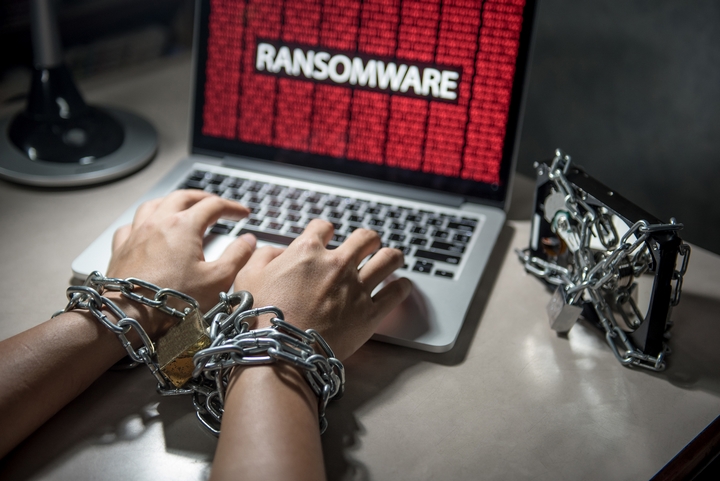
6 Ways to Remove Ransomware from Computers
Ransomware is a type of malware that encrypts files on a computer and then demands a payment to decrypt them. This can be a huge headache for business owners and individuals alike. Failure to remove ransomware can cause permanent data loss. Some information is critical to businesses and should be protected from loss or damage at all costs. There are several ways to remove it and get your files back. This article discusses six ransomware removal ways to keep your computer safe.
1. Ransomware Removal Tool

Many ransomware removal tools are available online, and many of them are free to use. These tools scan your computer for ransomware and then remove it. They can also restore encrypted files. Popular ransomware removal tools include Bitdefender’s Ransomware Decryptor, Kaspersky’s Ransomware Decryptor, and Malwarebytes’ Anti-Ransomware. These tools should be updated to work effectively and protect your computer from ransomware.
2. System Restore

System restore is a Windows feature that allows you to restore your computer to an earlier state. This can help remove ransomware because you can restore your computer before the ransomware is installed. System restore will create a restore point for you. If ransomware infects your computer, you can use system restore to undo the changes and remove the ransomware.
3. Safe Mode

Safe Mode is a mode in Windows that starts your computer with only the essential services and drivers. This can help remove ransomware because it allows you to create your computer without unnecessary programs or files. If ransomware is installed on your computer, you will not start it in Safe Mode. You can enable Safe Mode by pressing F11 on startup.
Safe Mode with Networking is similar to Safe Mode, but it also starts networking services so you can connect to the internet. This can help remove ransomware because you can download malware removal tools and other files from the internet.
4. Antivirus Software

Antivirus software is a type of software that protects your computer from malware, including ransomware. Antivirus software can be installed on your computer, or you can use an online antivirus scanner. Some popular antivirus programs include Bitdefender, Kaspersky, and Malwarebytes. It would be best if you kept your antivirus software up-to-date to protect your computer from ransomware.
5. Backups

Backups are an essential part of ransomware protection. If you have backups of your files, you can restore them if they are encrypted by ransomware. You should always back up your files to a separate location, such as an external hard drive or cloud storage service. This will protect your files from being lost if ransomware infects your computer. Backups are also helpful in recovering files if your computer is infected with ransomware. You can use a backup to restore your files to their previous state.
These are five ways to remove ransomware help you protect your computer from this type of malware. If your computer is infected with ransomware, you can use one of these methods to remove it and restore your files. Keep your antivirus software up-to-date and back up your files regularly to protect yourself from ransomware infections.

